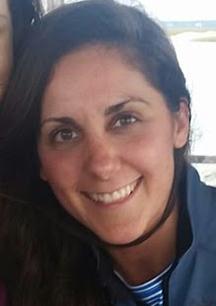A Math Teacher’s Reflection
By Brandi Pope
Brandi Pope teaches sixth grade math a Muller Road Middle School in Blythewood, SC.
When I was asked to participate in the Mathematics Design Collaborative training, I did not know what to expect. I didn’t know if I was ready or how MDC would fit into how I currently teach math. I showed up with an open mind, and within 30 minutes, I was pleased to realize that MDC is a best teaching practice.
MDC focuses on formative assessment through higher order questioning. It provides students with engaging tasks incorporating rigor while providing individualized support. For the teachers, the lessons help guide you through not only how to administer high-quality formative assessment in real classrooms, but more importantly, how to utilize the results you get from the formative assessment task.
This is my seventh year teaching in our district. What I loved about the training was how easily the connections were made between my work in the elementary classroom and the concepts driving an MDC classroom. In elementary school, we focus heavily on incorporating levels of questioning, mathematical reasoning and the ability to apply mathematics in real-world situations through AVID training, as well as training provided by Carol Sample and Elizabeth Waters.
I feel like MDC takes that training a step further by showing teachers how to use formative assessment to drive instruction, increase student engagement and individualize lessons, all while not increasing our prep time, but instead teaching us how to use our teaching time more efficiently.
“Aha” Moments
My big “aha” moments:
1. It is what happens after the formative assessment that is most important.
2. There is a distinction between re-teaching a student and the re-engagement of a student.
3. Enrichment activities are a must.
4. Identifying when to re-teach and when to re-engage is key to ensuring the success of our kids.


